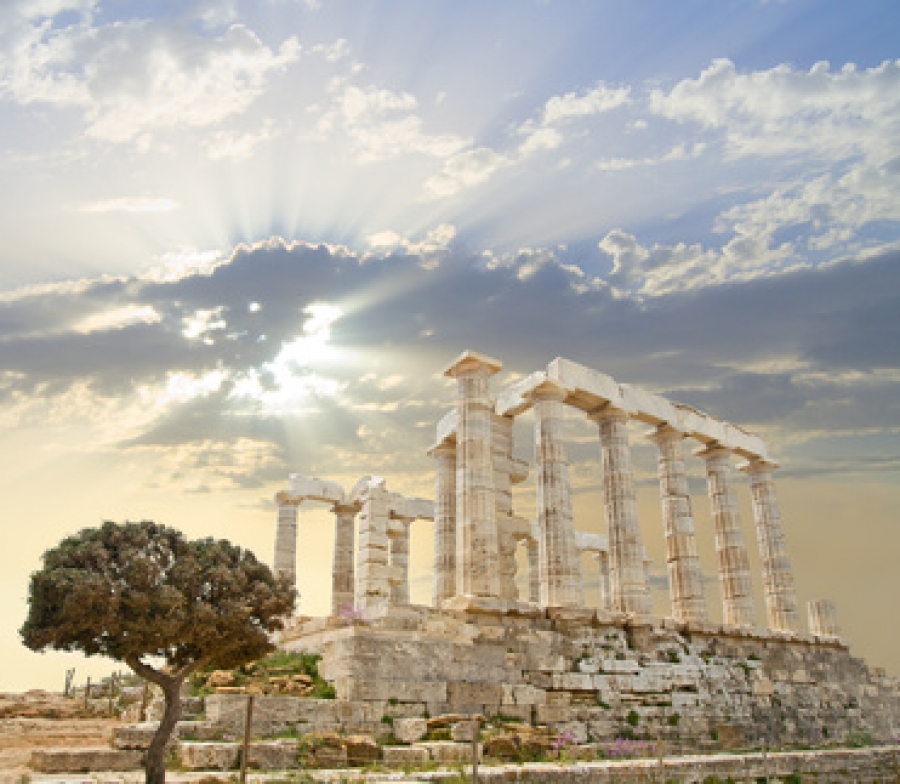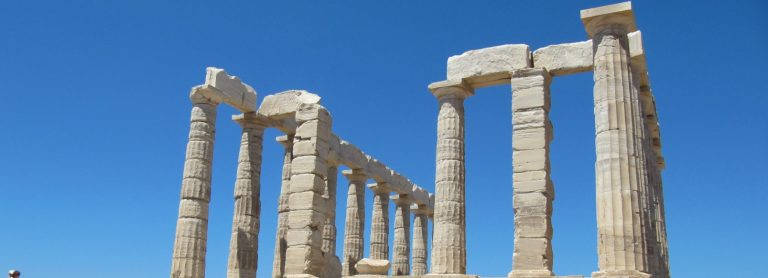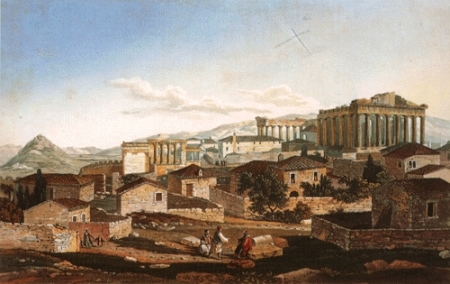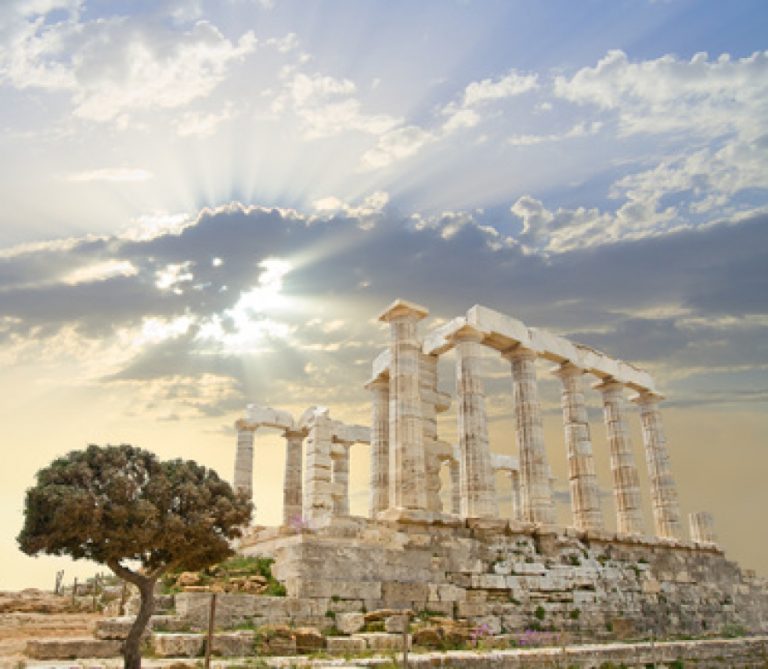Medical Tourism from ancient Greece to the present

Health has been the most valuable possesion of man since ancient years. With the help of thermal achievements and the developments in technology, securing and maintaining health can be achieved to a great extent. The new trend in health care is healing through natural methods. The modern consumer wants to achieve mental and physical well-being in the limited time available. That is the reason why even on vacation wishes to combine relaxation with a general physical and mental exaltation. This combination is a special new form of tourism, health tourism, who is developing rapidly in international level.
People from ancient times used water as a mean of therapy. This is shown by the fact that treatments for various diseases were inherent in the use of thermal and mineral waters. The Babylonians had linked the concept of the physician with someone who knew the properties of water. (S. KALFIOTI 1976). In Greece, Herodotus in the 5th century. BC was the first observer of spas. Hippocrates mentions in his writings, the diseases that indicate the use of spas. Similarly, the ancient Greeks used the baths for the hygein of the body since 1500 BC. In the 5th century. B.C. developed public baths and the ancient Greek frequently visited areas with spas in order to treat various ailments.
Large numbers of patients were gathered in the baths of Edipso, which were visited by Cornelius Sulla 83 A.D. who built the first stone house bathroom.
In Byzantine times flourish baths Bursa and Pythias (today Yalova) while in 900 A.D. the first bath for medical purposes is being constructed, in the sources of Langadas.
Until the early 19th century, the hot springs and the concept of hydrotherapy were abandoned.
The interest in spas begins in 1830 when the government of Kapodistrias sends a committee on spas Kythnos in order to conduct chemical and water analysis. In 1927 the industry of permanent doctors hydrologists was created which were engaged in major spas while in 1938 the office of clinical medicine and hydrotherapy climatology was created at the University. The Greek Mineral resources are accurately recorded in the interwar years of the chemist M.Perteki who in 1923 made a detailed physico-chemical analysis of water from about seven hundred and fifty sources. The exploitation of mineral springs began in the early 20th century in resorts such as Hipati, Edipsos, Kythnos, Kylini, Loutraki and Kayafa. (G. Koltsidopoulos TOURISM THEORETICAL APPROACH 2000 p. 19-21)
There is a long historical tradition in Europe for health tourism and there are references to Persia, India, Israel, Egypt and in central and northern Europe where people visit spas for treatment of various diseases. The natural hot springs and spa had a major role in the daily life of the Romans. Indeed Caesar August contributed in the development of spas in Baies.
In the Middle Ages the hot springs were abandoned and the general perception of balneotherapy.
In the 17th century Europeans doctors suggest spas in order to to cure various ailments. Patients with higher incomes were the only ones who could travel at that time and to visit the hot springs.
Until the late 19th century and early 20th century, due to various socio-economic changes and the industrial revolution, the development of Resorts continued to be rapid throughout the European region. The spas, were a tourist industry which gave employment to thousands of workers and helped in the creation of hotels, casinos and other services for visitors.
The tourist market visiting health tourism centers until the last decades of the 20th century, consists mainly of elderly people with relatively low incomes, making repeated visits to spas, usually using the right grants holiday spas to treat some diseases. After the 1980 perceptions of health tourism has changed and developed new philosophies on healthy living. So we see the creation of centers of health tourism with a holistic view on the topic of health and physical wellness. (S. Kalfioti INTRODUCTION TO THEORY OF TOURISM 1976 pp 26-29)
Bibliography:
Kalfioti S. Introduction to the theory of tourism.
Koltsidopoulos GD Tourism Theoritiki Approach






